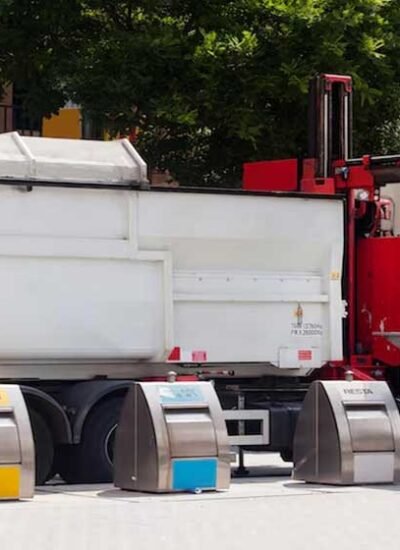Taking on a home renovation is exciting—it’s your chance to refresh your living space, increase property value, and make your home truly yours. But if you’re a first-time renovator, one challenge you might not anticipate is waste management. From torn-out drywall to old flooring and fixtures, renovation projects generate more debris than most homeowners expect.
That’s where dumpster rentals come in. Having a dumpster on-site ensures your project stays organized, safe, and efficient. If you’ve never rented one before, this beginner’s guide will walk you through everything you need to know.
Why a Dumpster is Essential for Renovations
Even small renovations can create large amounts of debris. Without a dumpster, you’re left making multiple trips to the dump, overloading curbside bins, or letting waste pile up in your yard. A dumpster simplifies the process by:
- Providing a central location for all debris
- Reducing safety hazards on your property
- Saving time and fuel costs from repeated disposal trips
- Helping keep your project on schedule
For first-time renovators, this convenience is invaluable.
Choosing the Right Dumpster Size
One of the most common questions beginners ask is, “What size dumpster do I need?” The answer depends on the scope of your project:
- 10-yard dumpsters: Perfect for small projects like a bathroom remodel or attic cleanout.
- 15-yard dumpsters: A good choice for decluttering or single-room renovations.
- 20-yard dumpsters: Ideal for medium-sized projects, such as kitchen remodels or flooring replacements.
- 30- to 40-yard dumpsters: Best for large-scale renovations or whole-house remodels.
If you’re unsure, it’s often better to size up—you’ll avoid the hassle of filling a smaller dumpster too quickly.
Preparing for Delivery
Before your dumpster arrives, make sure you’ve cleared space in your driveway or yard for drop-off. Consider these tips:
- Choose a flat, accessible area that won’t block traffic or emergency access.
- Protect your driveway with plywood or boards if you’re concerned about surface damage.
- Check local regulations if you plan to place the dumpster on the street, as some municipalities require permits.
What You Can (and Can’t) Toss
A residential dumpster rental can handle a wide range of renovation debris, including:
- Drywall, wood, and flooring
- Old cabinets and countertops
- Roofing shingles
- Furniture and household junk
However, hazardous materials such as paint, chemicals, asbestos, and batteries are generally not allowed. Always confirm with your rental provider to avoid unexpected fees.
Maximizing Your Dumpster Rental
To get the most out of your rental, keep these best practices in mind:
- Break down large items to save space.
- Load evenly to avoid overfilling one side.
- Don’t go above the fill line, as overfilled dumpsters may not be picked up.
- Schedule pickups and swaps if your project will generate ongoing debris.
Why Work with Temporary Dumpster?
Choosing a reliable provider makes all the difference for first-time renovators. Temporary Dumpster offers a variety of sizes, flexible rental periods, and transparent pricing with no hidden fees. Their team helps you select the right dumpster for your project and ensures prompt delivery and pickup, so waste management never slows you down.
With their support, you can focus on the creative aspects of your renovation while knowing debris is handled efficiently and responsibly.
Renovating your home for the first time can feel overwhelming, but waste management doesn’t have to be. Renting a dumpster provides the convenience, safety, and efficiency you need to keep your project on track.
By planning ahead and partnering with a trusted provider like Temporary Dumpster, you’ll be better prepared to handle the mess and enjoy the transformation of your home.





Leave a Reply